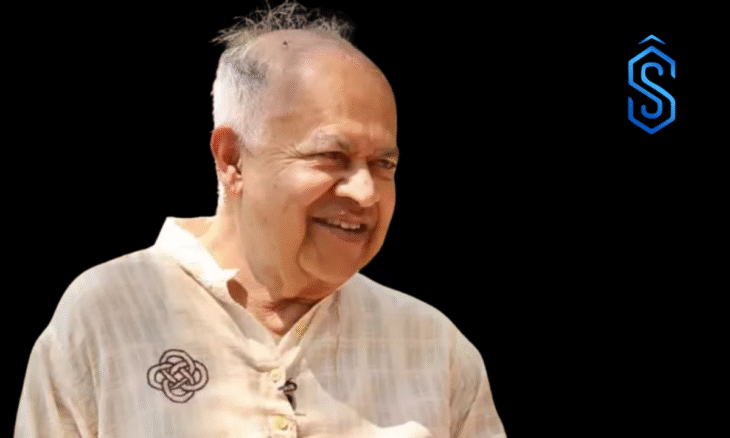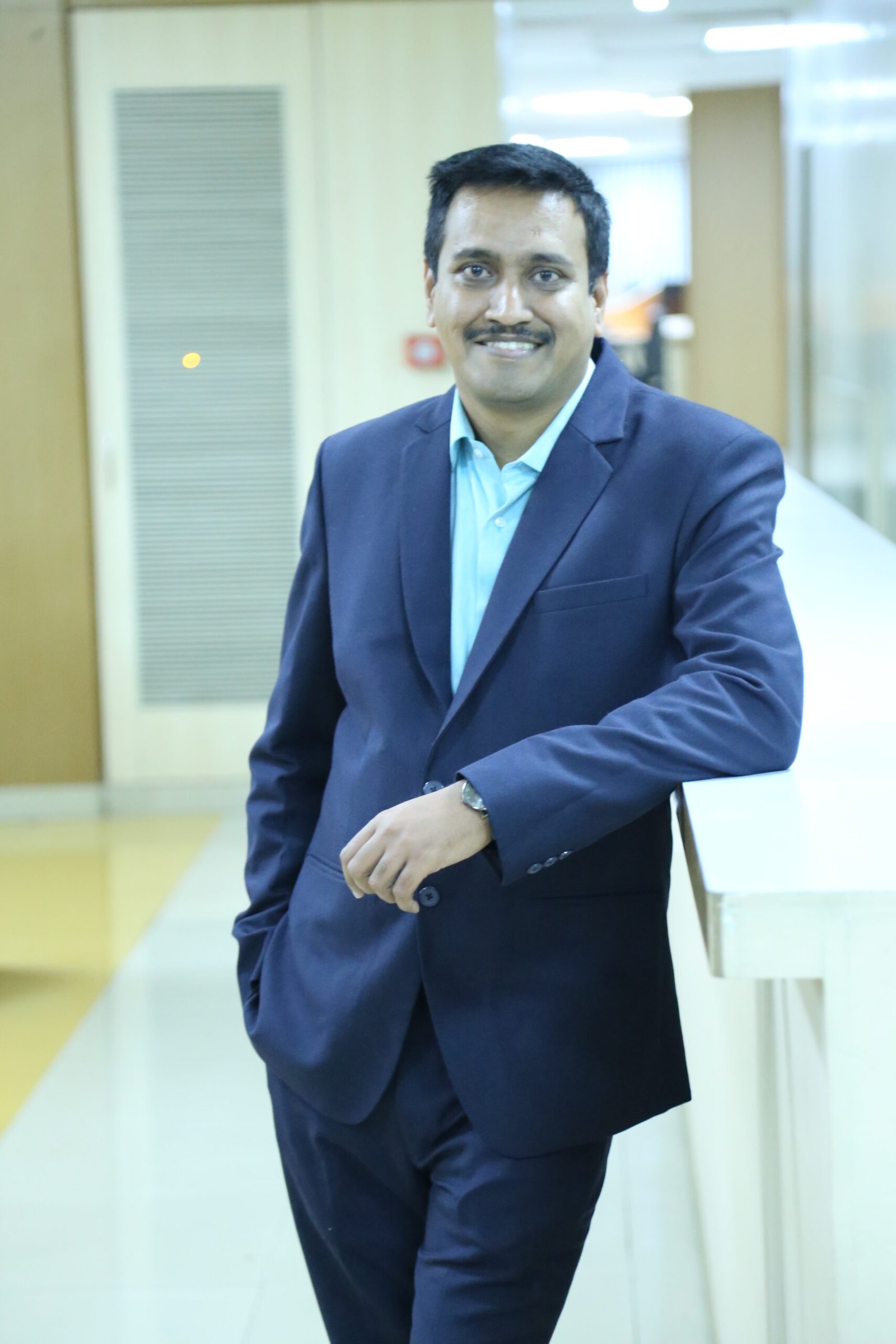Pune: India’s scientific and literary communities are mourning the loss of Dr Jayant Narlikar, one of the country’s most distinguished astrophysicists and celebrated science writers, who passed away early this morning at his residence in Pune. He was 86.
A globally recognized scientist, Dr Jayant Narlikar was best known for co-developing the Hoyle–Narlikar Theory alongside Sir Fred Hoyle, which presented an alternative view to the Big Bang Theory and brought him international acclaim.
Educated at the prestigious Cambridge University, Narlikar returned to India at the invitation of then Prime Minister Indira Gandhi in 1972. He went on to make significant contributions at the Tata Institute of Fundamental Research (TIFR) and played a foundational role in setting up the Inter-University Centre for Astronomy and Astrophysics (IUCAA) in Pune.
In addition to his groundbreaking work in astrophysics, Narlikar was a prolific Marathi science fiction writer, known for bringing complex scientific ideas to the general public through engaging storytelling. His books such as Antaralatil Bhasmasur, Time Machinechi Kimaya, and Vaman Parat Na Ala captivated readers and ignited curiosity in scientific concepts. His autobiography, Char Nagarantle Maze Vishva, is widely regarded as a reflective account of his intellectual journey.
Padma Vibhushan Dr Jayant Narlikar
Dr Jayant Narlikar’s contributions were recognized with numerous national honors, including the Padma Vibhushan (2004), Maharashtra Bhushan (2010), and the Sahitya Akademi Award (2014). His legacy spans both science and literature, demonstrating a rare confluence of rational inquiry and creative expression.
He also presided over the 94th All India Marathi Literary Conference in Nashik, reinforcing his influence in the literary world. His birthday, July 19, is celebrated as Vijnankatha Day in Maharashtra, in recognition of his impact on Marathi science fiction.
In his own words, Dr. Narlikar believed that science could be best understood and appreciated through storytelling. His efforts to bridge the gap between academia and the public have left an indelible mark on India’s intellectual landscape.




